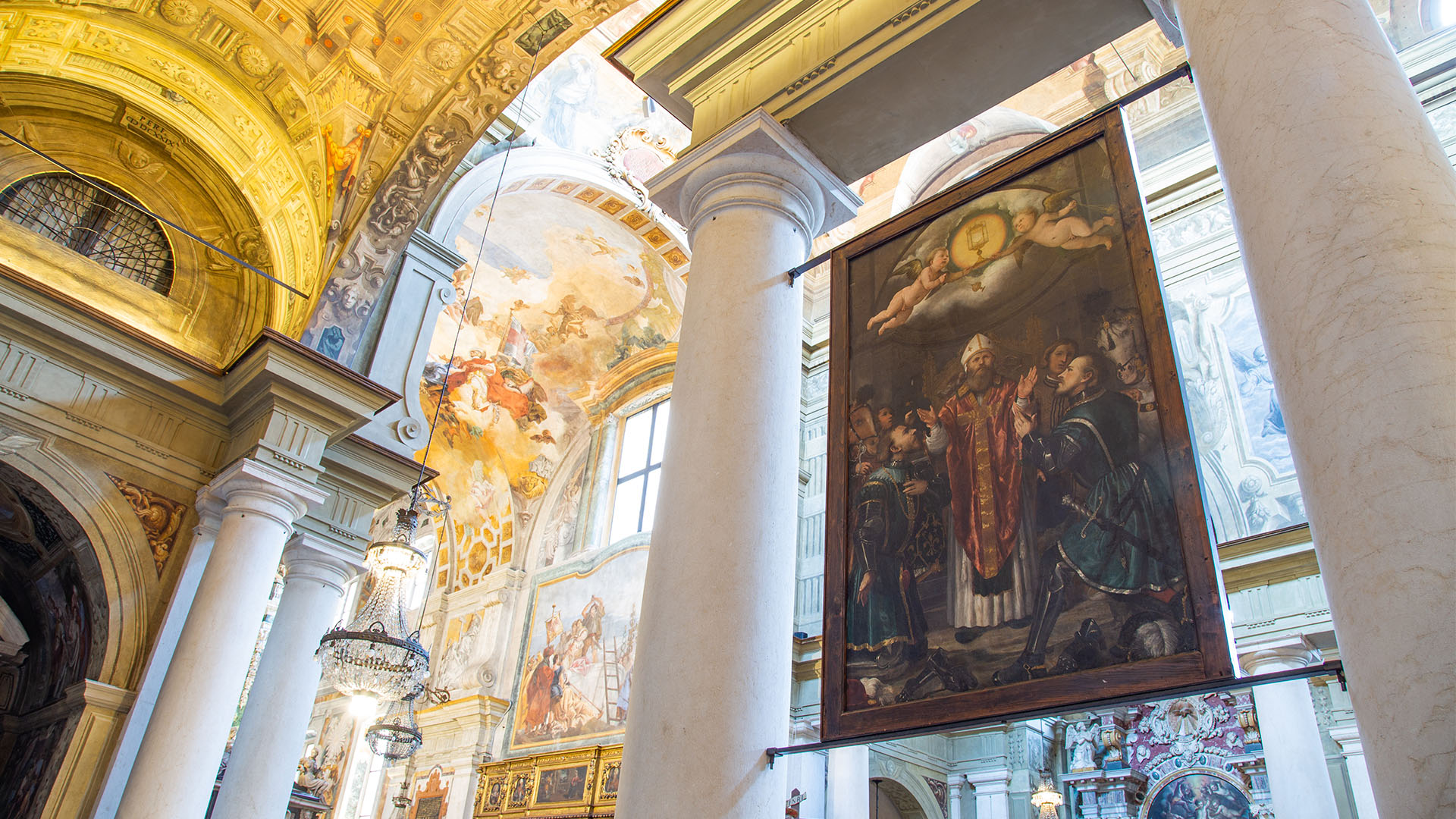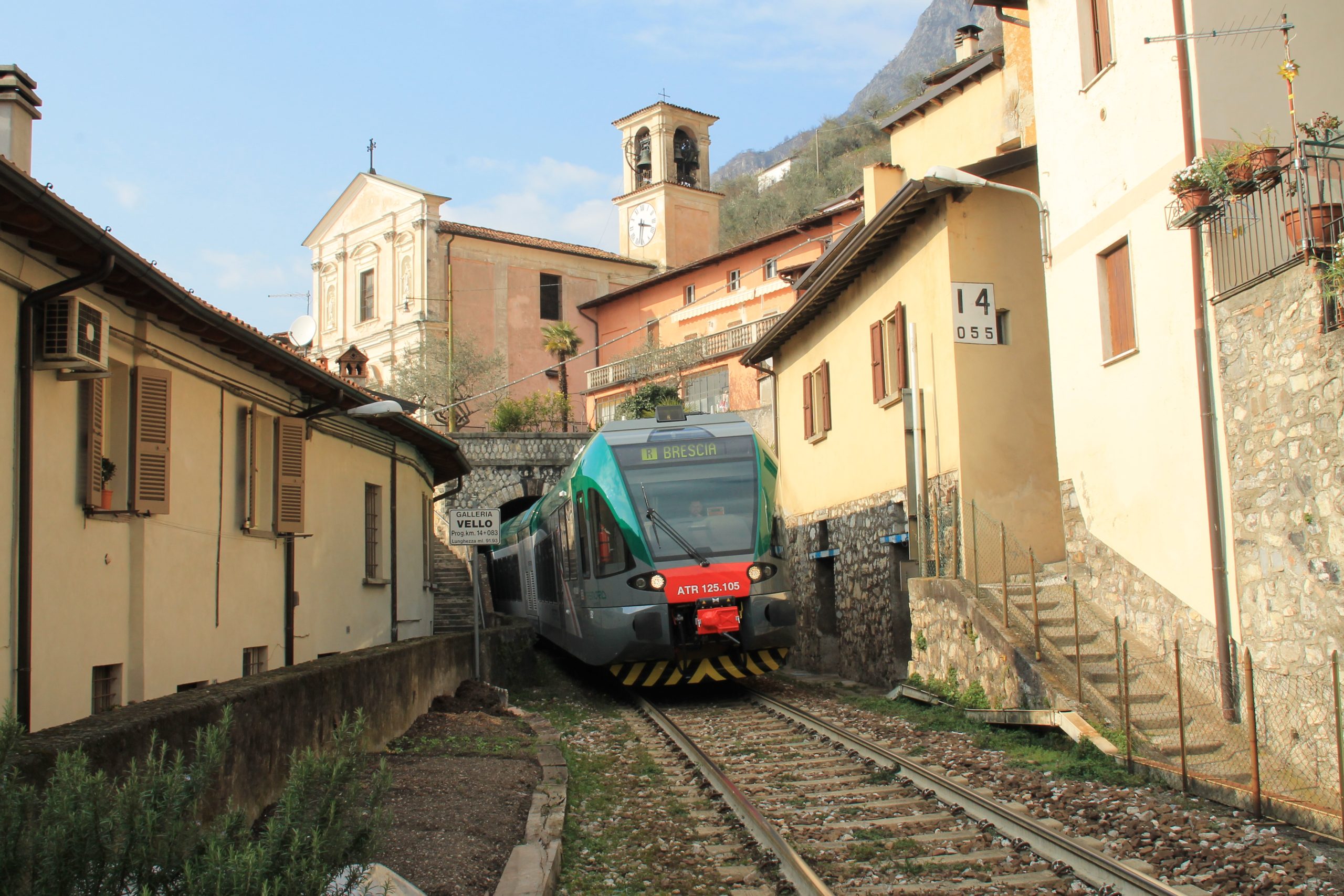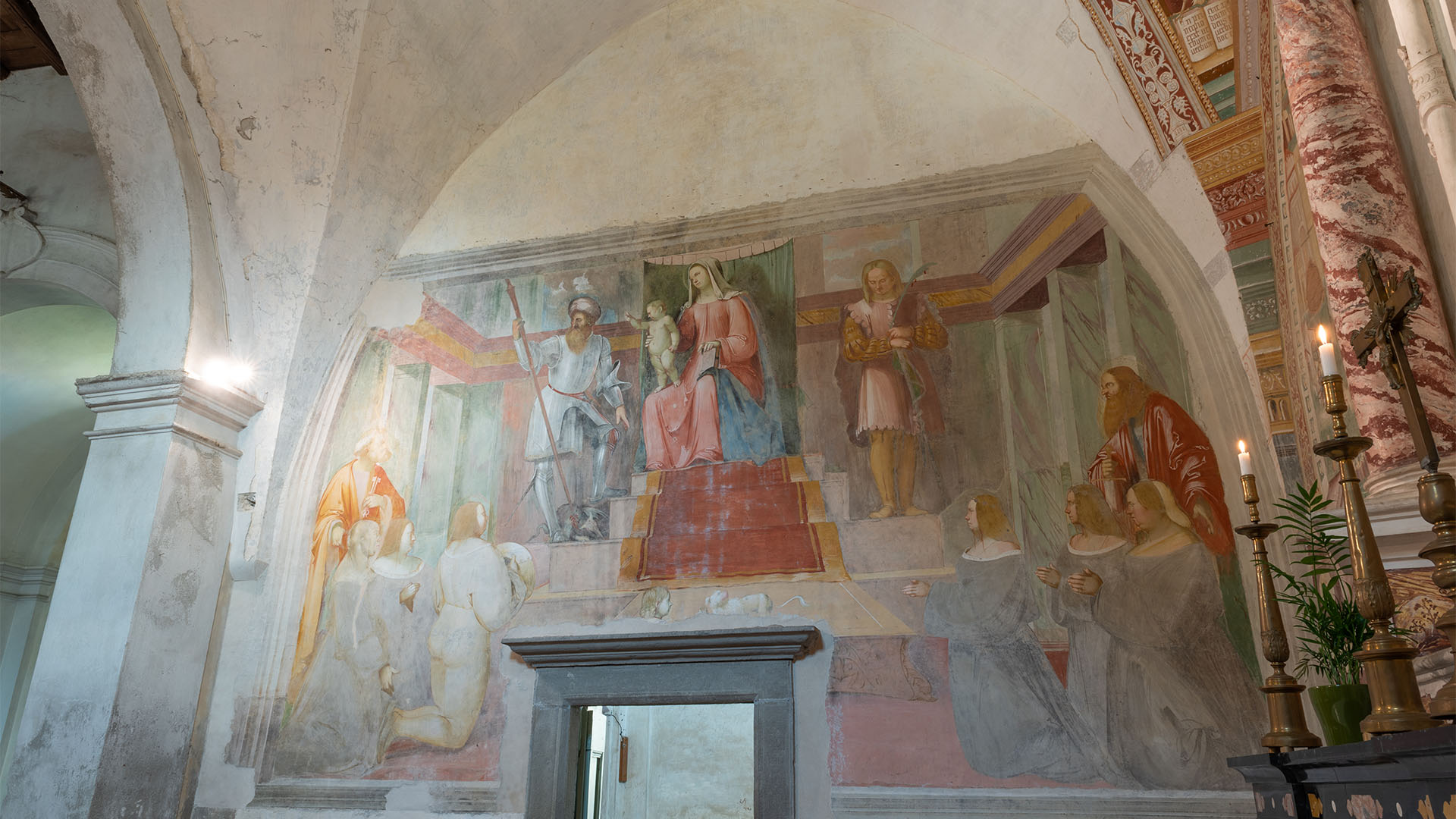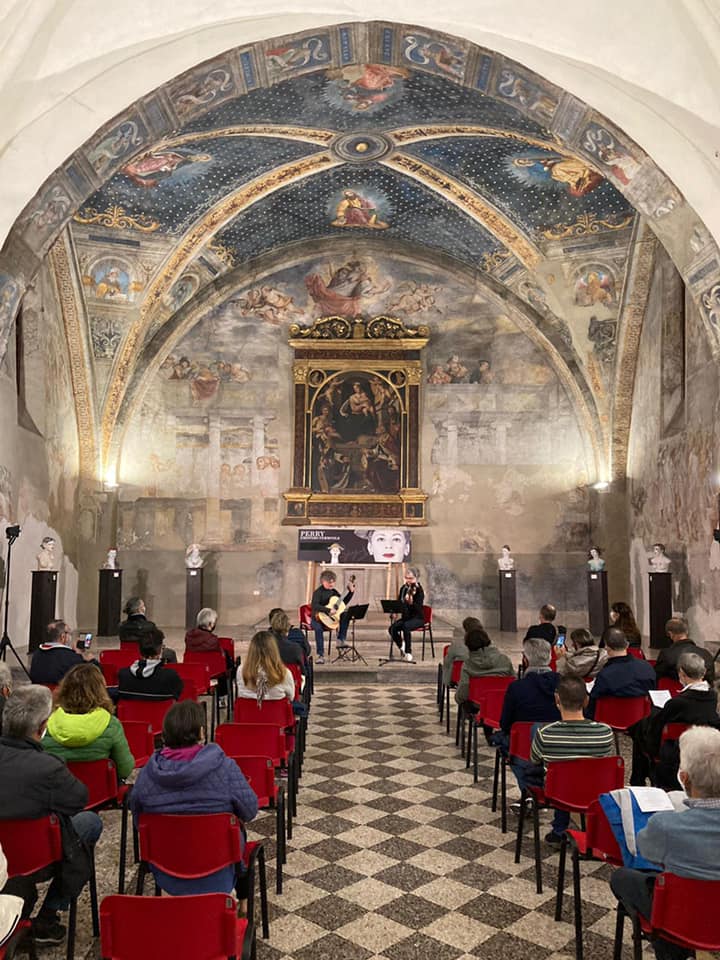If you are thinking of holidaying on Lake Iseo or are planning a visit to Bergamo-Brescia Capital of Culture, this article may come in handy.
Among the many proposals for a visit, is the Romanino Route, a journey to discover the sublime and restless painting of one of the greatest artists of the Brescian Renaissance: Girolamo di Romano, known as Romanino.

The itinerary
The Romanino Route includes 11 stops between places of historical, artistic and natural interest.
From the Capitals of Culture to Valcamonica, passing through Franciacorta, Lake Iseo and the valleys of Bergamo, some of the Brescian painter’s most significant works are preserved.
Whether you have one, two, three or five days does not matter, the itinerary is completely customisable depending on your interests and the time you have available.
One option is to start in the city of Brescia, which is home to numerous works by the Renaissance master celebrated by Giovanni Testori and Pier Paolo Pasolini.
Starting from the Church and Convent of San Francesco d’Assisi, moving on to the Church of San Giovanni Evangelista, and on to the old and new Cathedrals and the Church of Saints Faustino and Giovita. Other works by Romanino can be seen in the heart of the historic centre, in the city museums and the diocesan museum.
The itinerary continues to the Abbazia Olivetana di San Nicola in Rodengo Saiano, itself worth a visit, where there is a cycle of frescoes on the theme of hospitality and a rare still life by the artist.

To reach the next stage, the route crosses Franciacorta to Capriolo where, in the Church of San Giorgio, the precious wooden panel depicting the Resurrection of Christ, which adorns the altar of the Holy Sacrament, is on display.
The next stop is in Villongo near Lake Iseo, there is a small chapel dedicated to San Rocco that stands in the parish churchyard. A precious testimony of Romanino’s passage through Val Calepio, in the years when the cult of the Saint was particularly widespread.
Continuing on, we arrive at Cavernago, where the Malpaga Castle stands, home and feud of the Bergamasque leader Bartolomeo Colleoni. Here there is a cycle of frescoes depicting the visit of King Christian I of Denmark and a second painting depicting battle scenes, of uncertain attribution.
This itinerary ends in Bergamo, at the basilica of Sant’Alessandro in Colonna, where a painting, almost five metres high, depicting ‘The Assumption of the Virgin’, painted by Girolamo Romanino between 1540 and 1545, is kept.
It is also possible to do this route by bicycle along the Brescia-Bergamo cycle path. Eco-sustainable and within everyone’s reach, the new ‘Ciclovia della Cultura‘ is a 75-kilometre route that connects the two capital cities, past castles, monasteries, villas, historic centres, villages and farmsteads.
Discover more
From Brescia to Valle Camonica: round trip
Another interesting option goes from the city of Brescia to the Camonica Valley. You can do it by car or by train.
In this case, after visiting the city sites, board the train and start your journey. Sit on the left side of the carriage and make yourself comfortable. The window will be your screen and the picturesque landscape of Franciacorta and Lake Iseo your travelling companion.
After about an hour, get off at Pisogne for the first stop. There you will find the Church of Santa Maria della Neve, one of the best and most significant examples of Romanino’s art.
However, to fully understand Girolamo Romanino’s artistic intentions, you must go as far as Valle Camonica, to Breno and Bienno. There, more than anywhere else, you will encounter the unique and grotesque characters that characterise his work. Figures with a ‘peasant’ appearance and harsh, almost caricatured features, are elected as exceptional witnesses to the scenes depicted.

But it doesn’t end there!
On your way back, descend to Sulzano and, after a short boat ride, disembark at Monte Isola.
In Peschiera Maraglio, the Oratory of San Rocco awaits you, its interior housing valuable 16th-century frescoes, recently discovered and attributed to Romanino.
If the day and your energy are not yet over, take the boat and finally reach Tavernola Bergamasca, to admire the ‘Madonna Enthroned with Child and Saints’ painted by the artist for the Church of San Pietro, in 1512, two years after he first came to Lake Iseo.
Are you ready to go?
Listen to the podcast available on Izi Travel and build your own itinerary!
Discover more
The event: The Faces of Romanino
Every year, in autumn, there is ‘The Faces of Romanino. Rage and Faith‘, a festival that brings together the painting of Girolamo Romanino with contemporary art. During the event, the places that preserve the Renaissance artist’s masterpieces host the original productions of some of the most interesting exponents of the national art scene.
Also programmed are many events, all free of charge, including concerts, shows, conferences and round tables.
At each edition then, the initiative born in 2012 and promoted by the Cieli Vibranti association, involves important cultural personalities of the calibre of Giovanni Reale, Elisabetta Sgarbi, Christo and Vittorio Sgarbi, who have been guests at past editions.
Consider also that, over the years, the festival has given rise to a veritable network in the name of Romanino, which binds together more than fifteen Italian municipalities from four different regions: Lombardy, Trentino, Veneto and Emilia Romagna.
The next event is scheduled from October to December. Take note! 😉
Discover more









